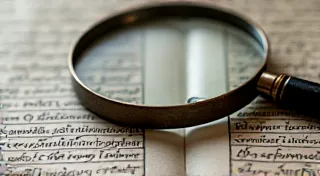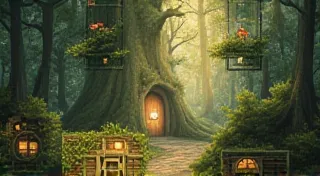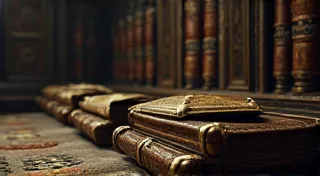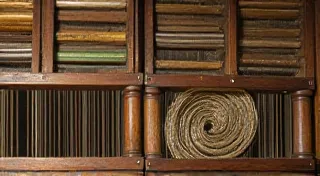The Alchemist's Quill: Transforming Mundane Details into Magic
We’re all alchemists, in a way. Not necessarily transforming lead into gold, but transforming the everyday into something extraordinary. As writers, our laboratory isn't a dusty workshop filled with bubbling beakers, but the quiet space of our minds, where observation and imagination intertwine. And our tools? Our words, wielded with precision and a deep appreciation for the magic that resides in the seemingly mundane.
Consider an accordion. Not as a source of jaunty polka music (though it certainly can be!), but as an object of quiet beauty and intricate engineering. It's a thing of bellows and reeds, of wood and leather, a testament to a bygone era of craftsmanship. Think about the scent of the aged wood, the subtle give of the leather straps, the metallic tang of the keys. These aren’t just facts; they’re sensory anchors, points of entry into a richer, more vibrant experience.
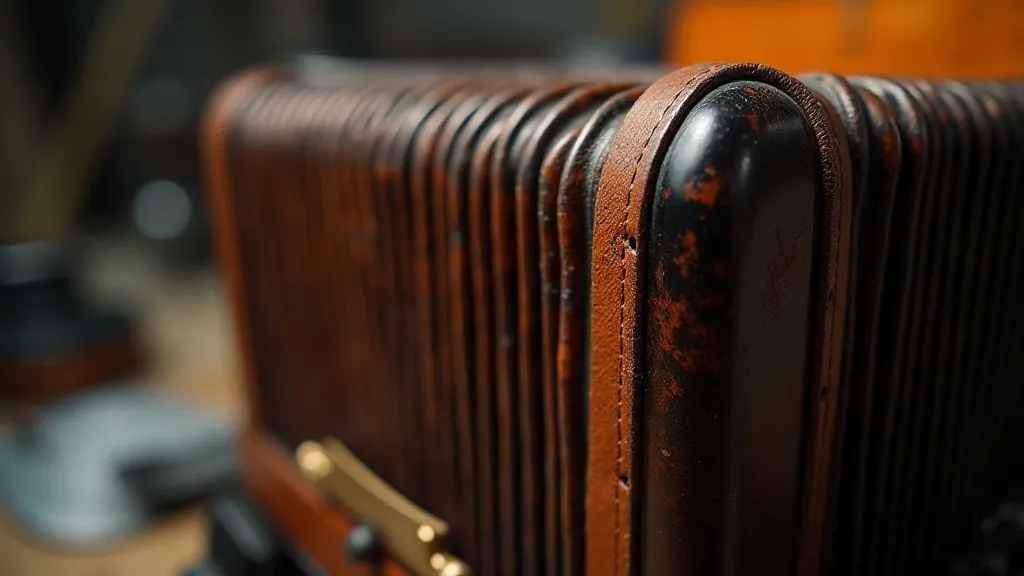
A History Etched in Wood and Metal
The accordion, surprisingly, has a relatively recent history. While precursors existed, the modern chromatic accordion as we recognize it emerged in the mid-19th century, primarily in Vienna. Its invention wasn't born from a desire for artistic expression alone; it was a response to a yearning for accessible music. Before recording technology, instruments that could be easily transported and played by a single person were invaluable. Think of the itinerant musicians, travelling from town to town, bringing joy and connection through their music. The early accordions were a symbol of that accessibility, a musical invitation to everyone.
Over time, the instrument evolved. Different nations adopted and adapted it, resulting in regional variations. Italian accordions, for instance, often emphasize the bass side, while German accordions prioritize a more balanced register. Each variation holds a unique story, a reflection of the cultural landscape from which it emerged. The very wood chosen – the resonant maple, the sturdy birch – speaks to the priorities and resources of the maker.
The Alchemy of Observation: Finding the Extraordinary
So, how does this history, this understanding of an accordion's journey, translate into writing? It’s about more than just describing it. It’s about feeling it. When I first encountered an antique accordion at a flea market, it wasn’t the music it *could* make that captivated me. It was the quiet dignity of the object, the palpable sense of time imprinted upon it. The ivory keys were yellowed and worn, the bellows cracked and patched. It wasn't pristine; it was *lived in*.
That’s where the alchemy begins. Instead of saying "The accordion was old," try, "The ivory keys, worn smooth by countless hands, felt cool against my fingertips, whispering stories of laughter and longing." Instead of "The bellows were damaged," consider, "Each patch on the bellows told a silent tale of repair, a testament to the instrument’s enduring spirit." It's about transforming simple observations into sensory experiences, inviting the reader into the moment.
The key is to engage all five senses. What does it smell like – the dry scent of aged wood, the subtle tang of the metal? What does it feel like – the cool smoothness of the keys, the soft give of the leather? What does it sound like – not just the music it produces, but the subtle creaks and sighs of the bellows as they move? The more details you can incorporate, the richer and more compelling your writing will become.
Beyond Description: Craftsmanship and Connection
Delving into the craftsmanship of an object can unlock a deeper appreciation for its beauty and history. The artisan who built that accordion, generations ago, poured their skill and passion into its creation. Consider the intricate carvings, the precise alignment of the reeds, the careful selection of materials. These aren’t just technical details; they're expressions of dedication and artistry.
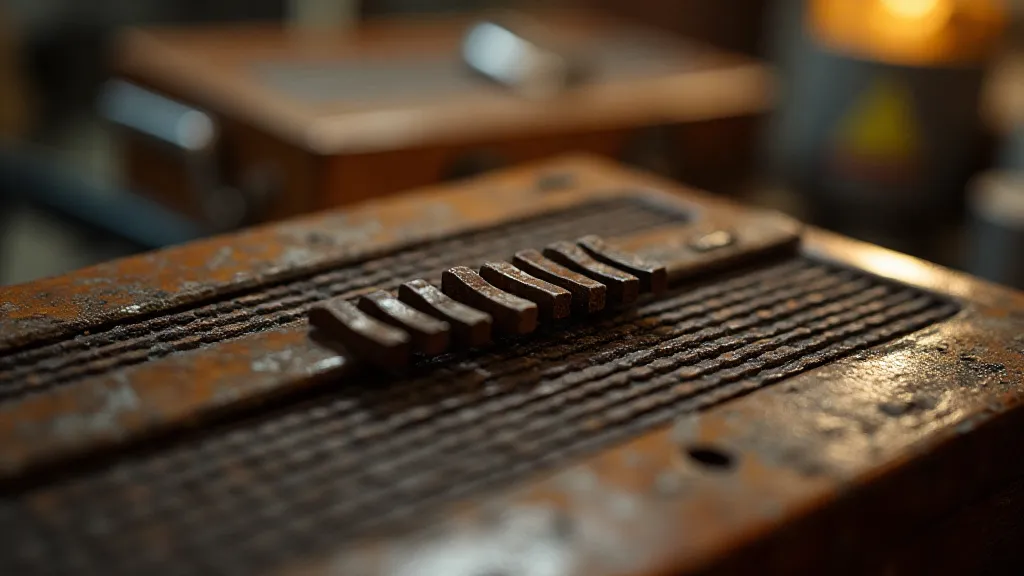
This appreciation extends beyond the object itself. It fosters a connection to the past, to the people who built it, played it, and cherished it. It’s about recognizing the human element in every creation, the shared experience of striving for excellence.
Restoration and Collecting: A Deeper Dive (Optional)
(This section is optional and can be omitted or adapted based on your audience's interests.)
For those drawn to the world of antique accordions, restoration and collecting offer a unique avenue for exploration. While complete restoration is often best left to experts, appreciating the process itself can be enlightening. Understanding how the bellows are replaced, how keys are re-aligned, provides a deeper respect for the instrument's inner workings.
Collecting, similarly, can be a rewarding pursuit. However, it’s not just about acquiring objects; it’s about understanding their history, their provenance. Each accordion has a story to tell, and uncovering those stories is a joy in itself. The condition, the markings, the accessories – all offer clues to its past, connecting the collector to the instrument’s journey.
Transforming the Mundane: A Universal Principle
The accordion is merely an example. The principle applies to everything: a chipped teacup, a weathered fence post, a faded photograph. The world is teeming with detail, waiting to be transformed into something magical. It requires a willingness to look beyond the surface, to engage your senses, and to embrace the beauty of imperfection. It requires the patience of an alchemist, the sensitivity of an artist, and the unwavering belief that even the most mundane details hold the potential for extraordinary beauty.
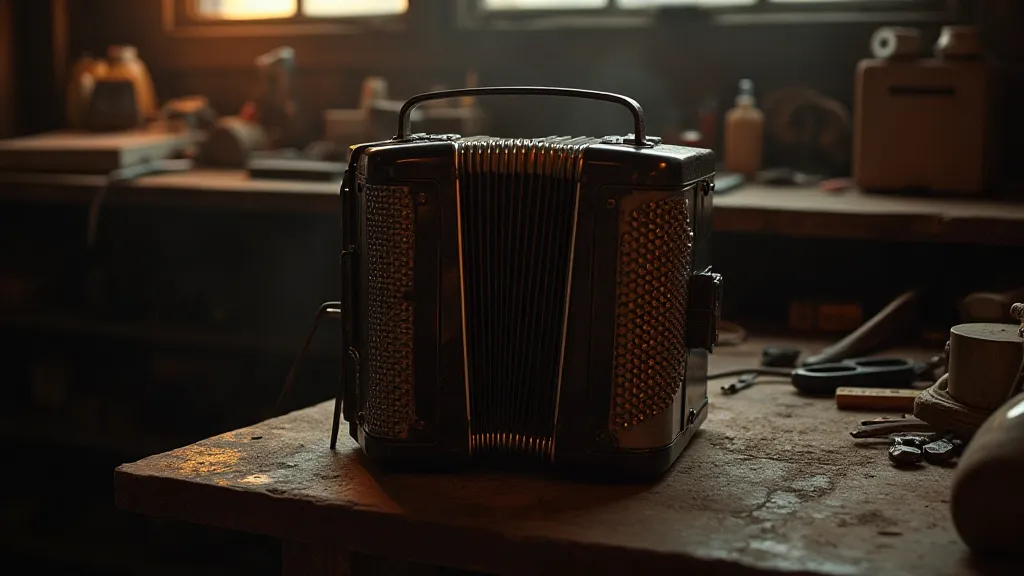
So, pick up your quill—or your keyboard—and begin your own alchemy. Transform the ordinary into the extraordinary, and share your magic with the world.
